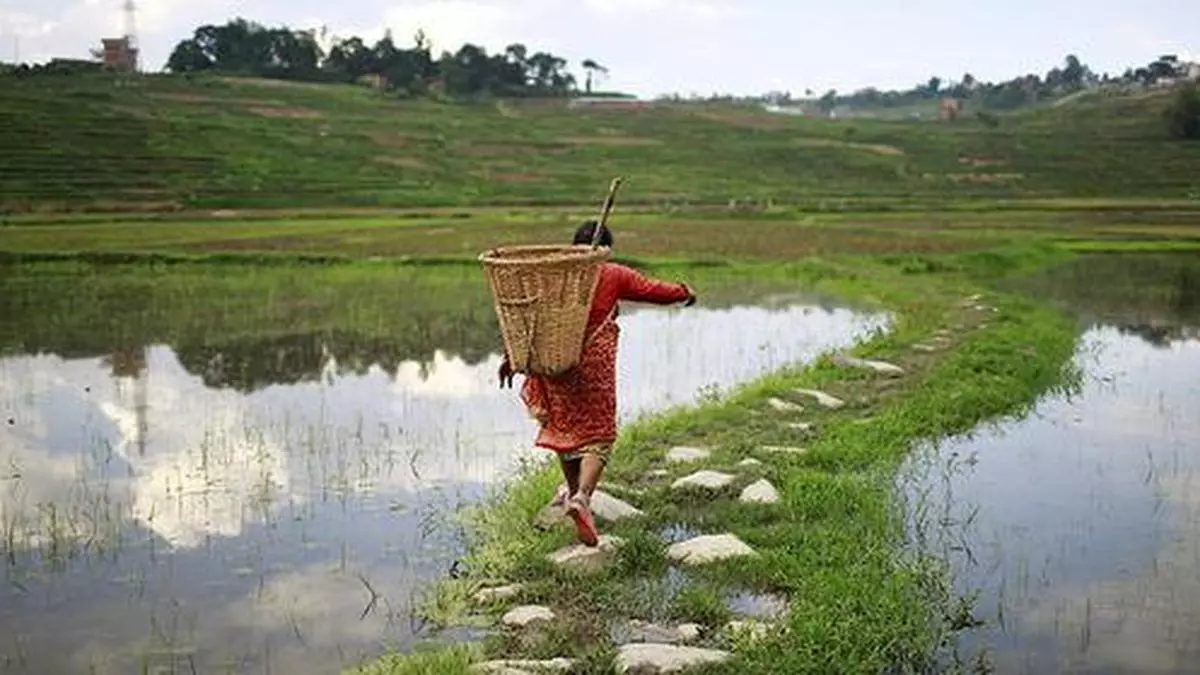Evaluating the Impact of regenerative agriculture
Non-chemical-based agriculture is gaining traction throughout the world as an alternative to conventional chemical-based agriculture. While conventional agriculture aims to maximise profit by heavily relying on all sorts of external inputs such as chemical fertilisers, weedicides, and pesticides; sustainable agriculture practices are gaining traction worldwide.
Like an industrial production system, conventional agriculture tends to prioritise maximising returns from a plot of land, whereas catering to environmental issues remains either secondary or completely off the radar. The rampant use of chemicals, be it fertiliser, pesticides or herbicides, damages not only the environment but also the entire agriculture production system by harming the beneficial organisms; polluting soil, water, and air. Consequently, in most cases, after a certain time, production starts declining because of soil fertility loss.
As an alternative to conventional agriculture, regenerative agriculture is gaining traction; where, it is known by different names such as organic farming, natural farming, zero-budget farming, etc. The goals of all these practices converge on stabilising the production by mitigating the damage to the environment caused by the rampant use of chemical inputs, rejuvenating soil health and increasing moisture regime.
Benefitting ecosystem
Let us take a look at how regenerative agriculture has been more beneficial to the eco-system and how it impacts the economic viability and productivity of farmers. According to PRADAN, farmers who are practising regenerative agriculture, can be distinguished from conventional farmers by two basic practices: zero application of chemical inputs such as fertilisers, pesticides or weedicides, and use of inoculum for enhancing microbial activities in the soil.
In their regenerative journey, these farmers are expected to adopt many other practices like minimal tillage, crop rotation, multi-cropping, moisture management, and pest and disease management. Based on PRADAN’s survey in Jharkhand (in 2023), based on a sample of 2,800 households with 2,400 households practising Regenerative agriculture and 400 households practising conventional agriculture, it was found that more than 80 per cent of respondents who practised regenerative agriculture, reported experiencing better water holding of soil, darker soil colour (indicating improvement in organic matter content more organic material), finer soil texture and more organisms which improve soil quality.
More than 70 per cent of respondents experienced increased food production. Surprisingly, even many of the first-year farmers reported a rise in production, as it usually takes time to re-establish the soil fertility damaged due to chemical applications. More than 96 per cent of the respondents stated that regenerative agriculture was capable of ensuring food security for them.
Longer shelf life
An even higher percentage of respondents, 85 per cent, reported increased income from agriculture after adopting Regenerative Agriculture. During focus group discussions farmers reported that regenerative agriculture products have longer shelf life and were preferred by consumers. Regenerative agriculture has also helped in empowering women. Initially the dada (male member) was reluctant about regenerative agriculture but through trainings, women from the SHGs managed to convince them to take a chance with regenerative agriculture.
These alternative practices also look at cropping as a holistic system where many crops, either together or in rotation revitalise soil health and thereby help increase production of each other. Though regenerative agriculture is eventually gaining grounds in India, the results of this kind of farming is encouraging for the environment, soil health, increased production and most importantly for the growth of farmers. Rather than focusing solely on one component and its effectiveness, most of these alternative practices follow a systemic approach and consider the entire production system including the surrounding ecosystem. These practices are based on how the entire system behaves, impacts one another and how it gets impacted with any additional input or absence of any of the essential components.
Regenerative agriculture, if focused more seriously, can change the face of Indian agriculture and take it to greater heights.
The author is Integrator at PRADAN.
